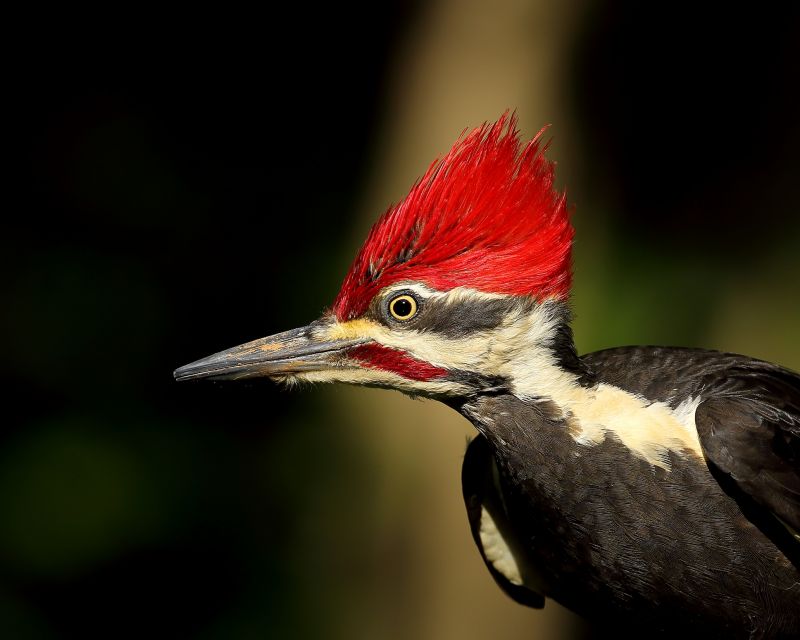Popular Solutions For Woodpecker Removal You Can Trust
Explore top-rated products that provide reliable and humane options for deterring woodpeckers from damaging your home or trees.
 Dealing with woodpecker activity on your property can be a challenging experience, especially when their pecking habits lead to damage and noise disturbances. Fortunately, there are a variety of products designed to help mitigate these issues effectively. From visual deterrents to sound-based repellents and physical barriers, the market offers numerous options tailored to different situations and preferences. Selecting the right tools depends on the severity of the activity, the location, and personal preferences for humane and non-invasive solutions.
Dealing with woodpecker activity on your property can be a challenging experience, especially when their pecking habits lead to damage and noise disturbances. Fortunately, there are a variety of products designed to help mitigate these issues effectively. From visual deterrents to sound-based repellents and physical barriers, the market offers numerous options tailored to different situations and preferences. Selecting the right tools depends on the severity of the activity, the location, and personal preferences for humane and non-invasive solutions.
Top Overall Option
Visual Deterrent Bird Scarers
Visual deterrents such as reflective tapes, predator decoys, and shiny objects are versatile, non-invasive options that can be easily installed around problem areas. They work by creating visual stimuli that mimic natural predators or reflect light to startle birds, encouraging them to relocate. These products are generally simple to use, require minimal maintenance, and can be combined with other deterrents for enhanced effectiveness.
Types of Products For Woodpecker Removals
Reflective Tape and Mylar Sheets
Reflective tapes and Mylar sheets produce shimmering effects that can deter woodpeckers by startling them and making the area less attractive.
Bird Decoys and Predators
Decoys resembling predators such as hawks or owls can be placed near problem areas to discourage woodpecker activity.
Ultrasonic Bird Repellers
Ultrasonic devices emit sounds that are typically inaudible to humans but may deter birds through high-frequency noise.
Physical Barriers and Netting
Netting and physical overlays prevent access to specific areas, effectively blocking woodpecker entry and activity.
Sound-Based Repellents
Devices that broadcast distress calls or predator sounds aim to scare away woodpeckers from targeted zones.
Sloped or Textured Siding
Applying textured or sloped siding can make surfaces less appealing for pecking and climbing.
Motion-Activated Sprinklers
Sprinklers that activate upon movement can startle and deter birds from lingering in the area.
Reflective Spinners and Wind Chimes
Moving reflective objects create unpredictable visual stimuli that can discourage woodpecker presence.
Bird Gel Repellents
Sticky gels applied to surfaces make pecking uncomfortable, discouraging woodpeckers from returning.
Vibration Devices
Devices that produce vibrations can disrupt woodpecker activity on targeted surfaces.
Popular Choices
These reflective materials are among the most commonly used deterrents due to their ease of installation and effectiveness in creating visual disturbances.
Decoys of hawks or owls are widely utilized for their visual impact in deterring woodpecker activity in various settings.
Ultrasonic devices are popular for their non-intrusive approach, though effectiveness can vary based on bird species and environment.
Netting is frequently used to physically block access to specific areas, especially when damage is localized or persistent.
These sprinklers are a common choice for their ability to startle birds with sudden water bursts upon movement detection.
Moving reflective spinners are favored for their dynamic visual effects that can keep birds at bay.
Sticky gels are used by many property owners to make surfaces unpleasant for pecking without harming the birds.
Sound devices broadcasting predator calls are often employed as a supplementary deterrent in combination with visual methods.
Applying textured or sloped surfaces is a simple, effective method for reducing pecking zones.
Understanding the behavior of woodpeckers and their preferred habitats can aid in choosing the most appropriate products. Many deterrents work by creating visual or auditory stimuli that discourage birds from continuing their activity. Physical barriers, such as netting or siding overlays, provide a more permanent solution by preventing access to problem areas altogether. Combining multiple products can often enhance effectiveness, especially in persistent cases.
Proper installation and consistent use of chosen products are key to achieving the best results. Regular maintenance and monitoring can help determine if adjustments are necessary or if a different approach should be taken. It is important to select products that are humane and do not harm the birds, aligning with ethical considerations and local regulations. With patience and the right tools, property owners can often reduce woodpecker damage and disturbances without causing undue stress to the birds.
Key Buying Considerations
- Effectiveness for specific bird species and activity levels
- Ease of installation and removal
- Durability and weather resistance of materials
- Humane approach and compliance with local wildlife regulations
- Compatibility with existing structures or surfaces
- Visibility and aesthetic impact on property appearance
- Maintenance requirements and longevity of the product
- Potential for false deterrence or unintended effects on other wildlife
- Cost and availability of replacement parts or accessories
- Ability to combine multiple deterrent methods for enhanced results
- Size and coverage area to ensure adequate protection
- User reviews and feedback on real-world performance
- Environmental conditions that may affect product performance
- Availability of customer support or installation guidance
- Risk of birds becoming habituated to certain deterrents over time
